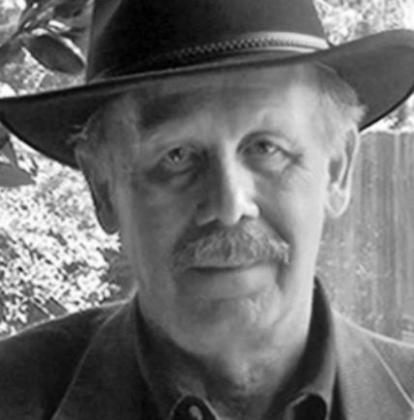On Dec. 27, 1859, Texans laid to rest “Three-Legged Willie,” one of the most colorful and unforgettable figures of the revolutionary period.
Robert McAlpin Williamson enjoyed perfect health until the age of 15, when he contracted something people in those days called the “white swelling.” He spent the next two years in bed battling the potentially fatal ailment, which spared his life but robbed him of the use of his right leg.
The muscles of the afflicted limb shriveled below the knee and drew back at an odd angle. Rather than amputate the withered calf, the youth strapped it to his thigh and walked on a wooden leg.
Not long after his recovery, Williamson became involved in an impassioned love triangle. He killed his rival in a duel only to learn the fickle female had eloped with a third suitor. Deciding a change of scenery might heal his broken heart, he left his native Georgia and headed west.
Williamson picked provincial Texas as the place to put down new roots. In 1826 he joined Stephen F. Austin’s settlement at San Felipe and took an active role in the pioneer community.
In sharp contrast to the majority of Anglo-American immigrants, Williamson made no attempt to disguise his contempt for their hosts. He constantly challenged the right of the Mexican government to tell the colonists what to do in even the most trivial matters and gained a reputation as a troublemaker among his more conciliatory neighbors.
As the years passed and dissatisfaction with the status quo intensified, Williamson emerged as a fearless advocate of independence. When push came to shove at Anahuac in June 1835, he was in the thick of the tense confrontation that climaxed in the eviction of the government garrison.
Not surprisingly his name was right below Buck Travis’ on the list of dangerous hotheads the so-called “peace party” secretly supplied the Mexican military. With the agitators out of the way, the champions of compromise hoped to mend the fences damaged by their recent activities.
Williamson managed to evade arrest until early October, when the Battle of Gonzales signaled the start of the Texas Revolution. In November he attended The Consultation, where 58 delegates debated the course the struggle should take.
Along with John A. Wharton, Williamson lobbied long and hard for an immediate and unqualified declaration of independence. But their militant resolution fell far short of adoption attracting a mere 15 votes. A watered-down statement of principles, which did not close the door to negotiations with the Mexicans, passed with the support of 33 delegates.
The irresistible force of events ultimately transformed the most reluctant colonists into revolutionaries. Although he could have excused himself from the final battle because of his bad leg, Williamson rode with the cavalry at San Jacinto.
Eight months later, the Republic Congress elected him judge of the third district of liberated Texas. He traveled alone from town to village dispensing justice and resolving disputes.
The reception was not always warm for the circuit-riding jurist. Sensing the hostility in a clannish community, he placed a handgun and a rifle on the table and announced, “Hear ye! Hear ye! Court for the third district is now in session or somebody is going to get killed!”
Williamson once interrupted a tipsy lawyer to inquire, “Where is the law to support your contention?”
“There’s the law,” answered the stewed smart aleck whipping out a knife.
The unruffled judge pulled his pistol and calmly countered, “And there’s the Constitution.”
Williamson gave up the gavel in 1840 to campaign for the Washington County seat in the Lone Star congress. He served four terms in the house and one in the senate before the curtain came down on the Republic.
According to the 1861 edition of the Texas Almanac, Williamson was an incomparable public speaker. “When fully aroused, there was a fire and vigor in his speech that surpass all description.”
Annexation was the issue of the 1840’s that fully aroused the gifted orator, whose persuasive appeals changed hundreds of skeptical minds. So committed was Williamson to the cause, he named a son Annexus.
Sadly there was no place for “Three-Legged Willie” in the new state. A congressional bid ended in disappointing defeat in 1849 as did a race for lieutenant governor two years later. Mentally impaired by a serious illness, he lost the will to live after the death of his wife in 1858 and followed her to the grave the next year.
Bartee welcomes your comments and questions at barteehaile@gmail. com or P.O. Box 130011, Spring, TX 77393 and invites you to visit his web site barteehaile.com.


